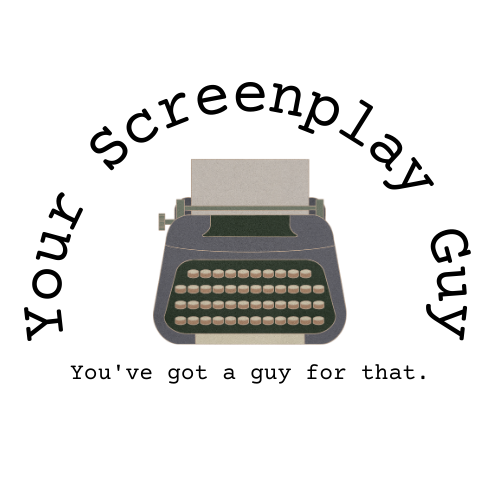
Laughter is a universal language that brings people together and lifts their spirits. Successful comedy scripts have the power to create memorable moments and leave audiences in stitches. But what is the secret behind crafting such scripts? In this article, we will unlock the comedy formula that seasoned writers use to keep audiences laughing. We will delve into the essential elements, comedic devices, different styles of comedy, and the comedy rule of three that can help you tailor your approach to suit your screenplay's goals. Whether you aim for slapstick humor or witty satire, understanding the comedy formula will undoubtedly set your scripts on the path to success.
The Structure of Comedy Scripts
The structure of setting up comedy in screenplays revolves around the "setup and punchline" concept, a cornerstone for generating laughter. The setup establishes the scenario, characters, and context, setting the audience's expectations. The punchline then delivers the comedic payoff with an unexpected twist, skillfully crafted to seize the element of surprise and leave the audience bursting with laughter. Comedians and writers excel at precise comedic timing, ensuring the punchline's maximum impact. The dynamic interplay between setup and punchline keeps audiences engaged, while callbacks and call-forwards enhance the comedic impact by rewarding audience attentiveness. Understanding and mastering this comedic structure empowers writers to create hilarious and memorable scripts that keep audiences laughing.
Pacing and Timing
In comedy, timing is crucial, likened to a conductor guiding an orchestra. Impeccable delivery of jokes and comedic moments maximizes laughter, requiring a deep understanding of comedic timing and pacing to keep the audience engaged. Effective pacing can transform an ordinary line into a roaring punchline, creating a rhythmic flow that resonates with viewers, setting the stage for an ongoing laughter symphony. A masterful comedy script deftly balances moments of tension with skillful comic relief, keeping the audience emotionally engaged and preventing comedic fatigue. Just like a symphony's ebb and flow, a well-crafted comedic narrative weaves moment of anticipation and release, ensuring the audience remains on the edge of their seats. Mastering the art of pacing and timing allows a comedy writer to insert perfectly timed punchlines and callbacks, evoking uproarious laughter and applause, ultimately transforming a good comedy script into an unforgettable comedic experience.
Related: Master Screenplay Structure - The Inciting Incident
Comedic Devices and Techniques
Comedic devices and techniques are the tools in a comedy writer's toolbox. These include wordplay, puns, irony, satire, exaggeration, surprise, and the comedy rule of three. Wordplay and puns rely on clever use of language, while irony allows writers to exploit the gap between expectation and reality for comedic effect. Satire targets social or cultural issues with humor, offering a witty critique of the status quo. Exaggeration, or hyperbole, amplifies situations to absurd levels, creating hilariously over-the-top scenarios. Surprise is the element of the unexpected, catching the audience off-guard and eliciting laughter through the element of surprise. The comedy rule of three is a technique where a writer sets up a pattern with two similar elements and then breaks the pattern with a third element, creating a humorous twist. Skillful use of these comedic devices adds depth and variety to your funny scripts, keeping the humor fresh and engaging.
Understanding Comedy Styles
Comedy comes in various styles, each appealing to different tastes and sensibilities. Slapstick comedy relies on physical humor and exaggerated actions, often resulting in hilariously clumsy situations. It has a broad appeal and can be found in classic silent films like Charlie Chaplin's work to modern-day comedies. On the other end of the spectrum, witty dialogue and intellectual humor form the core of verbal comedy. Think of the sharp wit and clever repartee in Oscar Wilde's plays or the fast-paced banter in contemporary sitcoms. Satire, as mentioned earlier, takes a more critical approach, using humor to address societal issues or human folly. It often invites audiences to reflect on their behavior and beliefs, making it a powerful tool for social commentary. Additionally, character-driven comedy relies on well-developed and quirky characters whose interactions and reactions to situations generate laughter.
In the world of comedy scriptwriting, understanding the comedy formula is the key to crafting successful and memorable scripts. By employing a well-structured narrative, mastering pacing and timing, using comedic devices and techniques, including the comedy rule of three, and understanding different comedy styles, you can keep audiences rolling with laughter. As you venture into the realm of comedy writing, embrace the art of surprise and the unexpected, as it is often in these moments that laughter thrives. Remember that comedy is subjective, and what may be hilarious to one person may not be to another. Trust your instincts, seek feedback, and keep refining your comedic skills.
